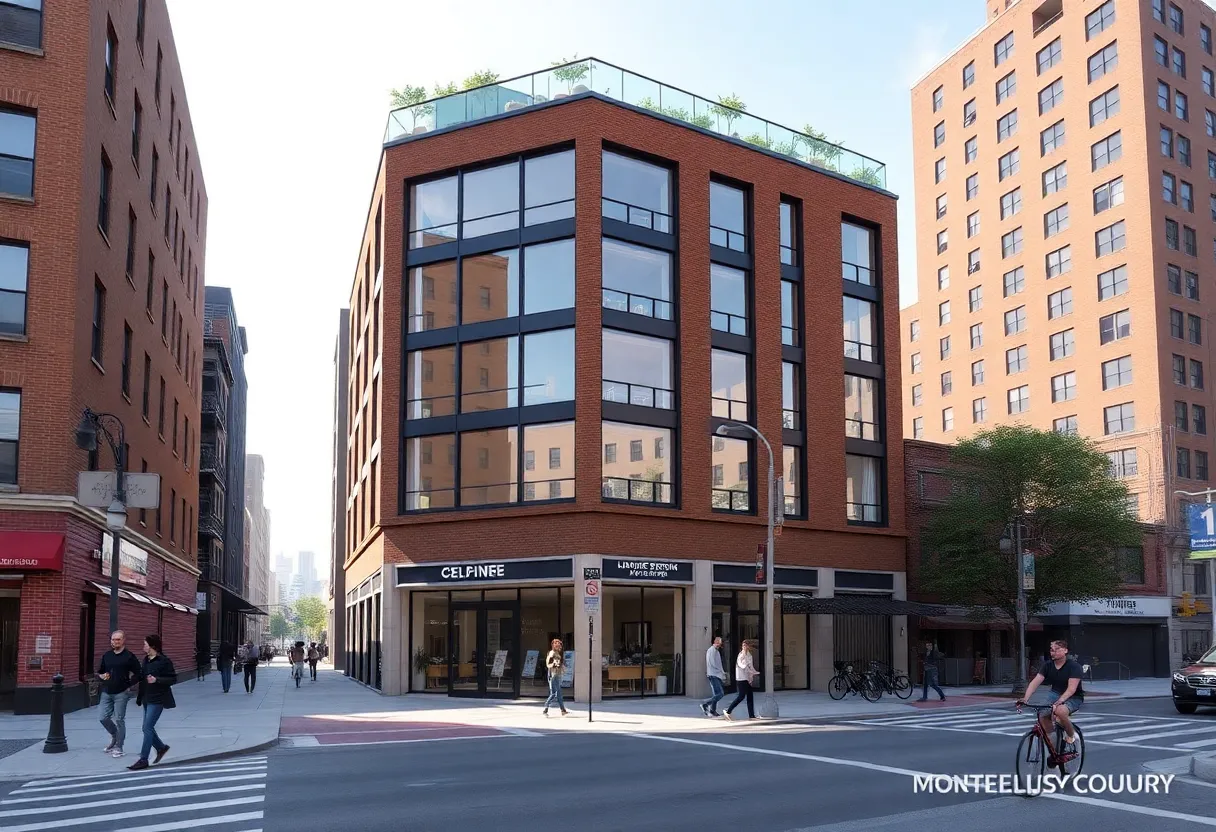United States, September 4, 2025
News Summary
A nationwide private lender has increased leverage in its EasyBuild and Residential Transition Loan (RTL) programs to accelerate construction amid a national housing shortfall. EasyBuild maximums now rise to 90% loan‑to‑cost and 75% loan‑to‑value for qualified borrowers with at least three completed projects. RTL per‑unit limits jump to more than $5 million, with rates starting near 8.90%, no‑appraisal options, and potential 48‑hour closings on qualifying deals. The changes aim to give experienced builders more buying power while local ADU pilots and public programs remain important for smaller, affordable infill work.
Private lender boosts construction leverage and expands large‑deal limits amid U.S. housing shortfall
A Texas‑based private real estate lender announced immediate changes that raise leverage for new construction loans and expand per‑unit limits on its residential transition lending line. The lender increased its ground‑up financing program to 90% loan‑to‑cost (LTC) and 75% loan‑to‑value (LTV) for borrowers who can document prior construction experience, and separately raised the maximum per‑unit cap on transition loans to more than $5 million. Both moves are presented as responses to tight supply and strong price appreciation in the national housing market.
Top line: what changed and who qualifies
The higher leverage on the new construction product takes effect immediately for investors who have completed at least three construction deals. The change increases allowable advances from prior limits of 85% LTC and 70% LTV to the current 90%/75% thresholds, reducing the upfront equity required to start larger builds. The expanded transition loan ceiling applies to single‑family and multi‑unit projects and is available in most states.
Program mechanics and delivery features
The residential transition product family combines short‑term financing for fix‑and‑flip and bridge needs with new‑construction loans under the same suite. Key features highlighted for the transition line include interest rates starting near 8.90%, optional no‑appraisal loan paths, and expedited closings reportedly achievable in 48 hours. The lender emphasizes streamlined underwriting, market‑competitive pricing, and tailored loan structures to fit distinct project profiles.
Why the changes now
The lender framed the program updates as a response to a persistent national shortage of homes and record‑high prices in many markets. Industry data cited alongside the announcements show a multi‑million unit shortfall in available housing and year‑over‑year gains in median existing‑home prices. The lender says higher leverage and larger per‑unit limits are meant to help experienced investors act quickly on deals that conventional sources may decline or delay.
Eligibility and geographic reach
Enhanced leverage on new construction is limited to borrowers with a proven record of completed projects (three or more), reflecting a preference for seasoned sponsors on larger, riskier builds. The transition loan expansion covers a broad national footprint, supporting projects in nearly all states.
Sector context: local policy and other financing moves
The lender’s product changes arrive alongside local and private activity aimed at expanding housing supply. A municipal housing staff memo recommended a small pilot to subsidize accessory dwelling units (ADUs) targeted at moderate‑income homeowners, while cautioning that a large publicly funded ADU program would likely have limited reach among the lowest‑income households without substantial subsidies. That memo estimated pre‑development costs for ADUs at roughly $20,000–$30,000 and suggested a pilot budget in the neighborhood of $1.5 million for loans, staffing and outreach.
Meanwhile, separate financing in related real asset sectors continues to close: a developer of grid‑scale battery storage projects secured roughly $286 million in project financing for two standalone systems totaling about 300 MW / 800 MWh, and a separate affordable housing deal in a fast‑growing suburban market closed a $60.4 million construction loan for a 324‑unit complex targeted to households earning under 60% of area median income under a 4% low‑income housing tax credit structure.
What this means for builders and investors
For experienced builders, the higher LTC/LTV ratios can materially lower the equity hurdle for new developments, enabling faster starts on single‑family and multifamily projects. Larger per‑unit caps in the transition product open the door to higher‑value or higher‑cost units that may be difficult to finance through traditional channels. However, public planners warn that market‑driven private finance alone is unlikely to produce large numbers of deeply affordable units without targeted subsidies or policy changes.
Timing and next steps
The leverage increase for new construction was announced with immediate effect. The expanded transition loan per‑unit limits and the other operational features were rolled out in announcements in the preceding weeks. Developers and investors should assess project sizing, sponsor experience and market pricing when considering whether the updated terms apply to their deals.
FAQ
What are the new leverage limits for ground‑up construction loans?
Eligible borrowers with a track record of at least three completed construction projects can access up to 90% loan‑to‑cost and 75% loan‑to‑value.
Eligible borrowers with a track record of at least three completed construction projects can access up to 90% loan‑to‑cost and 75% loan‑to‑value.
Who qualifies for the enhanced leverage?
The enhanced terms are aimed at experienced sponsors who can document at least three completed construction deals, reflecting lower underwriting risk for repeat builders.
The enhanced terms are aimed at experienced sponsors who can document at least three completed construction deals, reflecting lower underwriting risk for repeat builders.
What changed for the Residential Transition Loan (RTL) program?
The RTL per‑unit cap increased to more than $5 million, the product supports fix‑and‑flip, bridge and new‑construction uses, and it offers features such as interest rates beginning near 8.90%, optional no‑appraisal paths and rapid closings.
The RTL per‑unit cap increased to more than $5 million, the product supports fix‑and‑flip, bridge and new‑construction uses, and it offers features such as interest rates beginning near 8.90%, optional no‑appraisal paths and rapid closings.
Are these programs available nationwide?
The transition program expansion covers a broad national footprint across nearly all states; availability may vary by product and jurisdiction.
The transition program expansion covers a broad national footprint across nearly all states; availability may vary by product and jurisdiction.
Do these changes address affordable housing needs?
Higher leverage and larger loan sizes can accelerate private production of market‑rate housing, but municipal staff analyses suggest that targeted public subsidies and programs remain necessary to produce deeply affordable units and to help low‑income homeowners build accessory units.
Higher leverage and larger loan sizes can accelerate private production of market‑rate housing, but municipal staff analyses suggest that targeted public subsidies and programs remain necessary to produce deeply affordable units and to help low‑income homeowners build accessory units.
Key features at a glance
| Program / Feature | Effective Date | Max LTC | Max LTV | Per‑Unit Limit | Interest & Speed | Eligibility | Geographic Coverage |
|---|---|---|---|---|---|---|---|
| EasyBuild (new construction) | Immediate (announcement) | 90% | 75% | Project‑level; standard per‑unit caps apply | Market‑rate; tailored pricing | Borrowers with 3+ completed construction projects | Nationwide (subject to local underwriting) |
| RTL family (EasyFix, EasyBuild components) | Expanded in recent weeks | Varies by product | Varies by product | Over $5,000,000 per unit | Rates from ~8.90%; no‑appraisal options; 48‑hour closings possible | Investors and developers; project underwriting required | Available across most U.S. states |
Deeper Dive: News & Info About This Topic
Additional Resources
- Business Insider: Easy Street Capital increases leverage for new construction financing
- Wikipedia: Construction loan
- GlobeNewswire: Easy‑Street Capital increases Residential Transition Loan limits to over $5 million per unit
- Google Search: Easy Street Capital Residential Transition Loan limits
- GlobeNewswire (PDF): Easy‑Street Capital investor/materials download
- Google Scholar: construction loan leverage
- Austin Monitor: Housing staff suggest ADU pilot program aimed at 80% MFI households
- Encyclopedia Britannica: Accessory dwelling unit
- REBusinessOnline: Associated Bank provides $60.4M construction loan for metro Austin affordable housing project
- Google News: construction financing housing shortage





